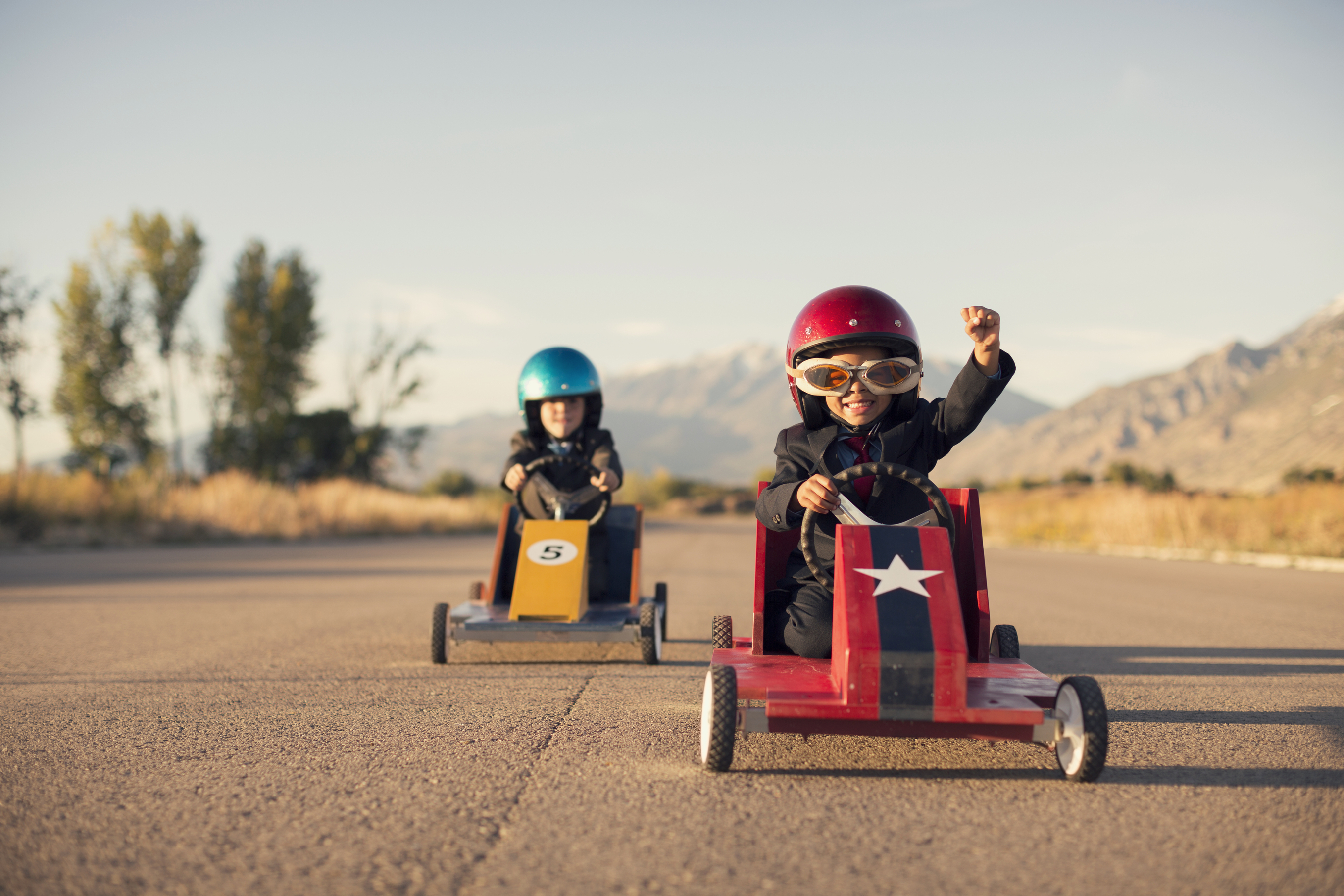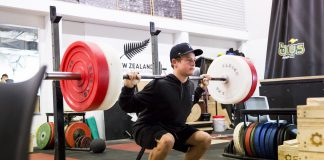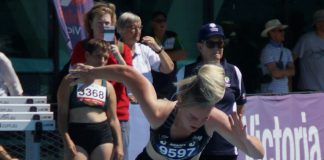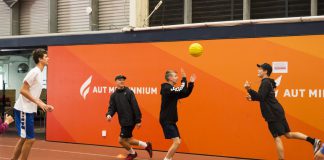When I reflect on my fondest sporting memories of my childhood, not one involved organised trainings or games I participated in.
Instead, my best times were all unstructured, playful games and activities I did with my siblings and mates from school.
Here are my top 3 games from primary and intermediate school:
- Back Yard Cricket
- One hand, one bounce – an adjusted version on hit and roll
- “Sands” – a made up squash-like game played by throwing a ball against a small concrete wall trying to out maneuverer the opposition.
I remember getting super excited in class in the lead up to battling my mates in these games at lunchtime.
Little did I know that the made up games I enjoyed so much were some of the best things I could have been doing for my sporting development.
Creativity in team sports
Creativity is the ability to do things that are both unusual (i.e., original and unexpected) and appropriate (i.e., useful) in complex game situations. It’s a trait thought to be a highly desirable in team sports.
A soccer player who has the ability to read the play and find an unmarked team-member, who had been closely marked a moment before, shows great creativity.
So too does a basketballer who gives a no-look-pass to one player while eyeing up the most obviously free teammate on the other side of the court.
Expert creativity, (pattern recognition, for example) is most often seen during offensive plays where an innovative, usual solution to a challenging task is required.
This is different to great defensive play, during which expert decision-making is required to find the best tactical solution in any given situation.
Development of Creativity
The likes of Lionel Messi on the soccer pitch, or LeBron James on the basketball court, are incredible creators. In competition, they exhibit the types of characteristics that cultivate creativity, such as nonconformity, unconventionality, independence and risk taking behaviour.
But how did they get so creative in the first place?
Play
Research shows that engaging in playful activity as a kid is important in developing creativity.
Play is defined as games and activities that encourage improvisation and anticipation. Often the players, depending on the environment and the number of people involved, make up the rules. And there’s never a coach in sight giving feedback on the ‘best’ way to do things.
Here’s a great example of play.
Play provides kids with an opportunity to explore and learn new, creative ways of doing things without them really even knowing its happening. It’s called learning implicitly. And there’s plenty of evidence that shows it works.
What’s more, it’s heaps of fun.
Let’s now compare play to what young team sport athletes spend most of their time doing today.
Practice
Practice is structured training designed specifically to improve performance. It usually involves high repetitions of drills and activities that a coach provides continuous feedback on.
As sport becomes increasingly competitive at younger ages, new opportunities (and in many cases demands) for kids to practice more in organised environments is apparent.
Unfortunately, this means they have less time available for play.
Research shows that the most creative athletes at expert level (compared to less creative athletes):
- Were involved in a diverse range of sports and physical activities when they were young.
- Spent more hours practicing in their main sport BUT started later in their development.
- Spent more time in playful activities before the age of 14.
What we can learn from these findings is that play is important, particularly under the age of 14. It’s also important to note that too much play, at the expense of practice, may reduce the likelihood of developing into an expert.
Provide opportunities for play
Encouraging kids to play and providing the opportunities to do so, particularly during their early stages of development, is valuable. Here are 3 great examples for parents of how to do it:
- Encourage ‘backyard’ play – whatever the sport.
- Spend time with your kids on the weekend down at the park. The skate park in a great example of a textbook play environment in action.
- You play too – remember back to all the things you did when you were a kid.
Have fun out there. Enjoy.






































